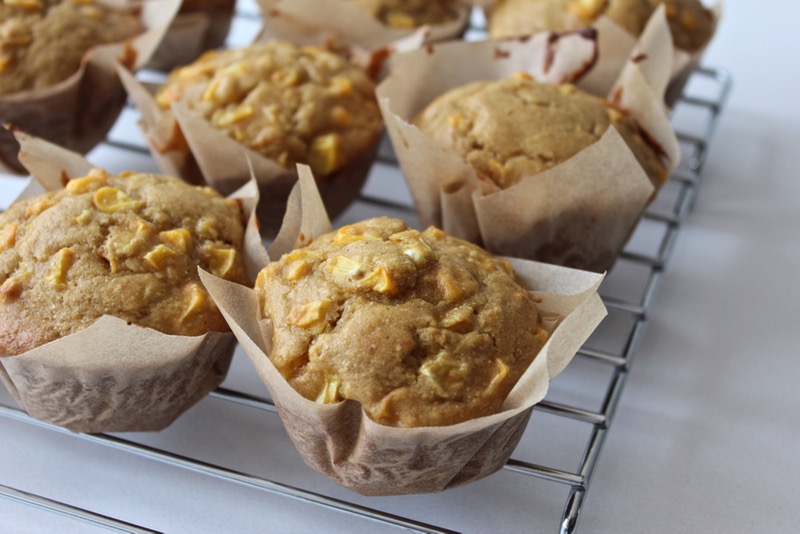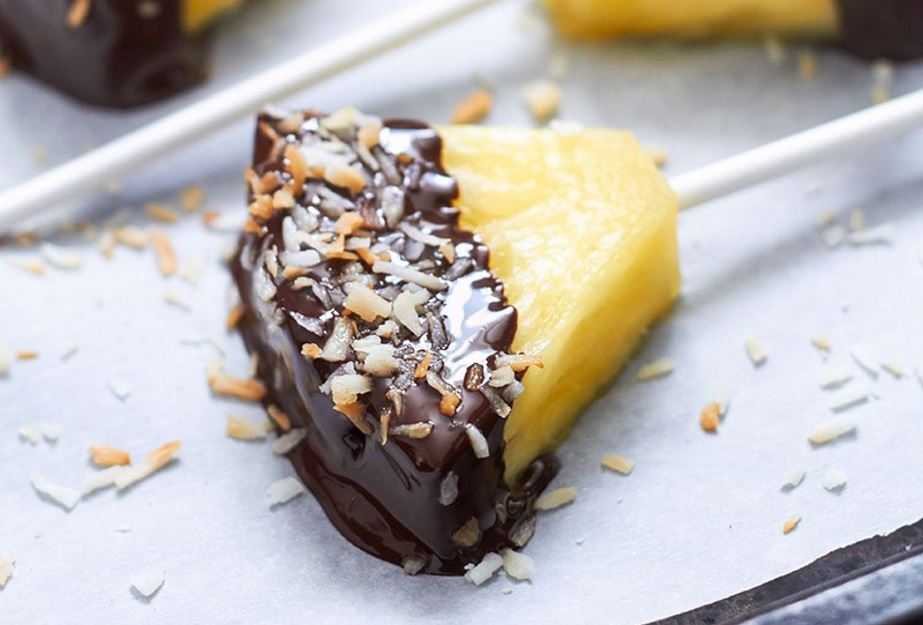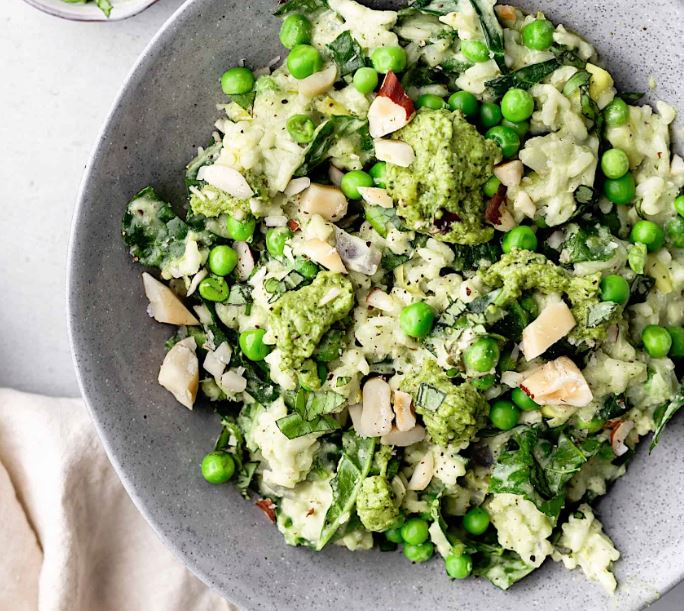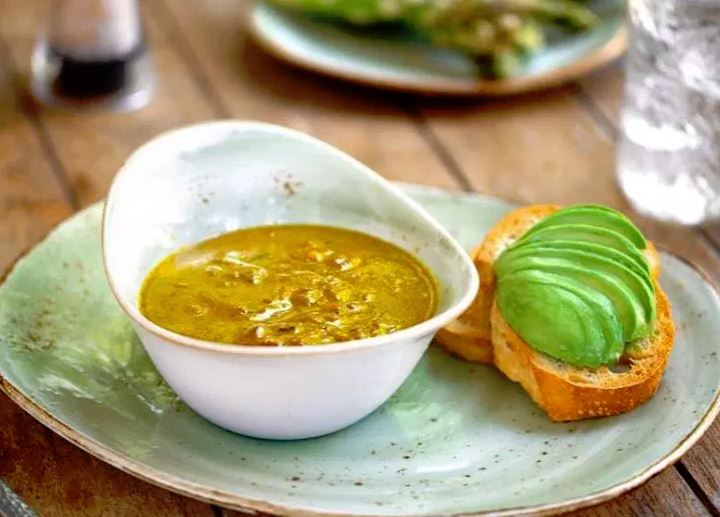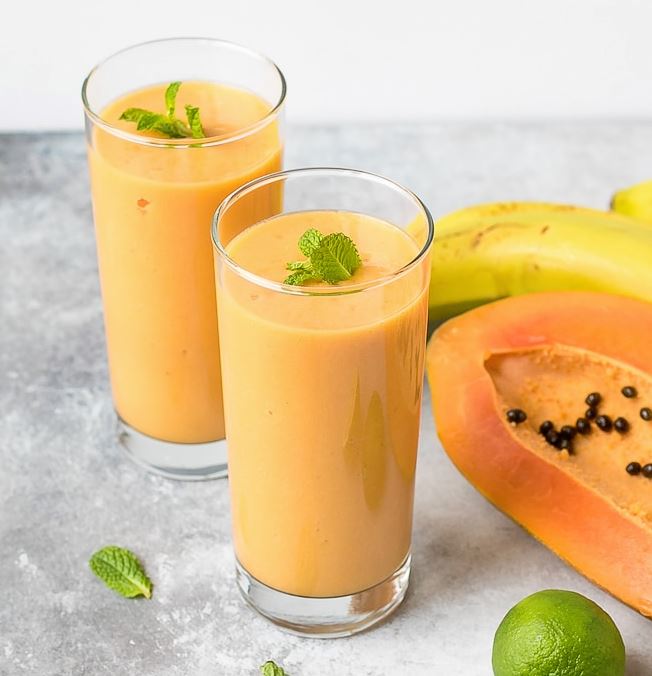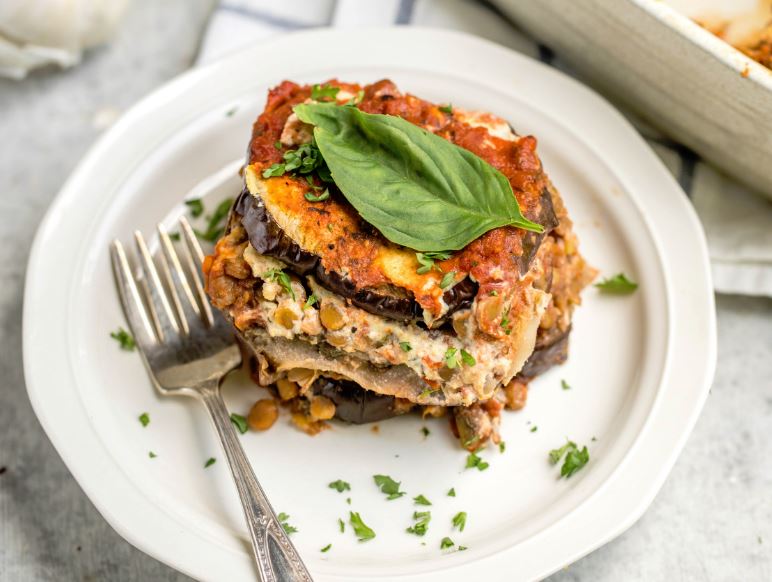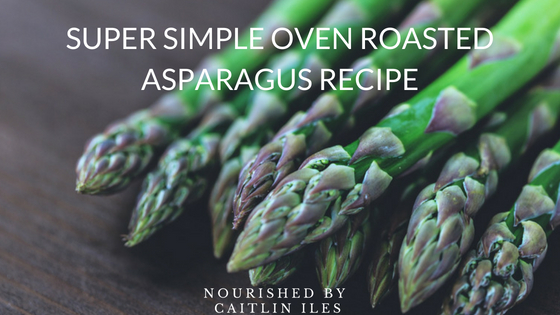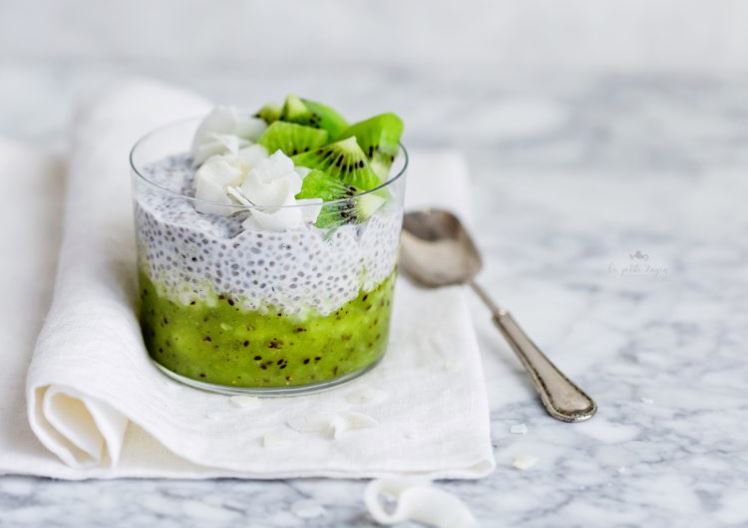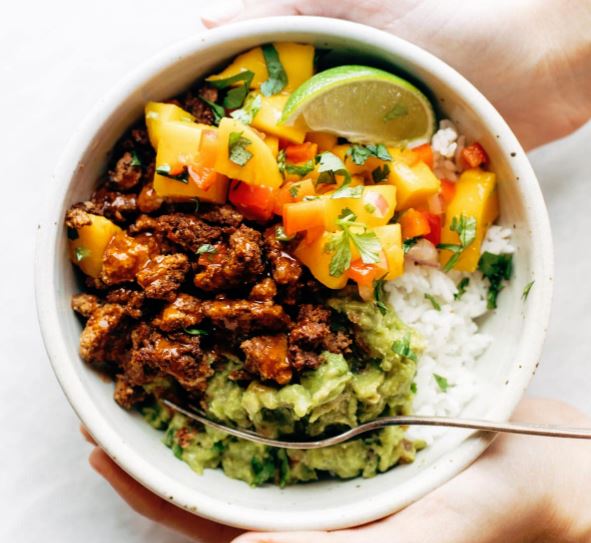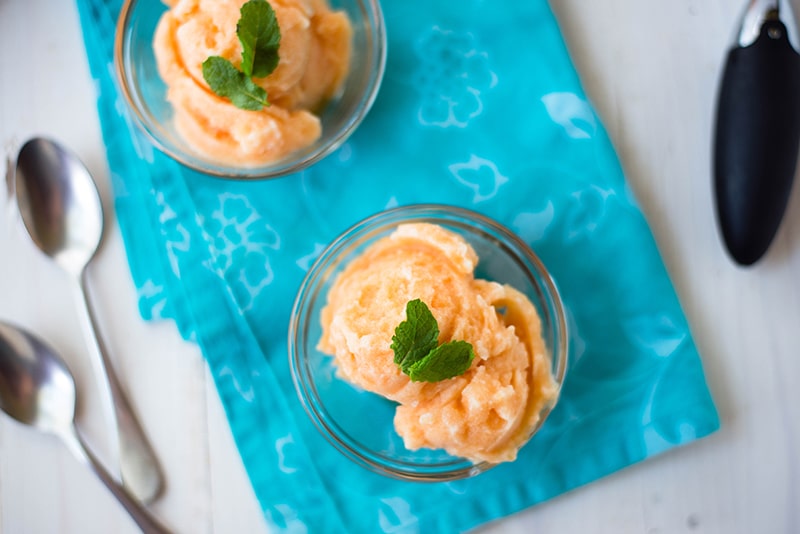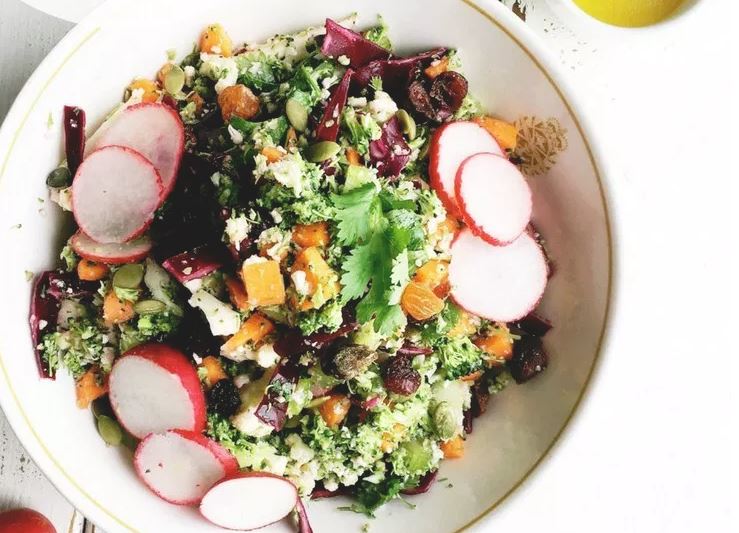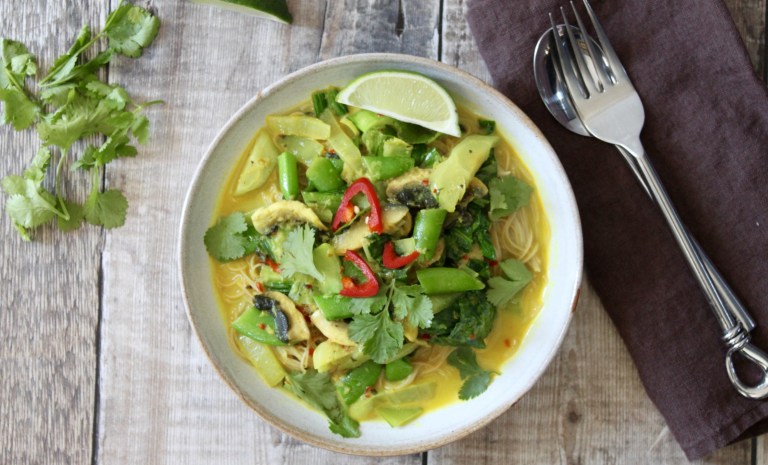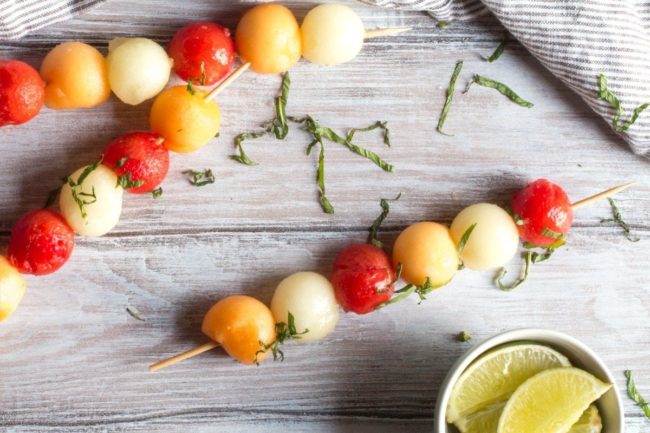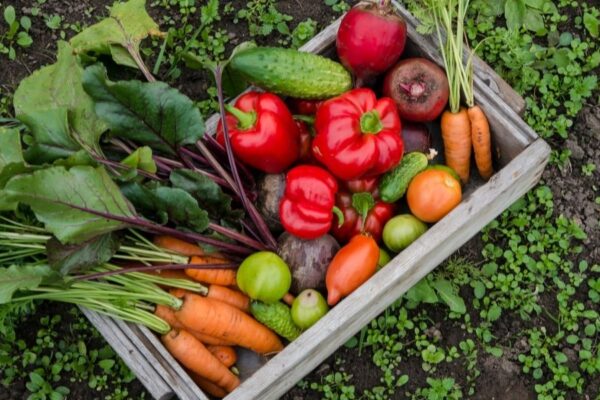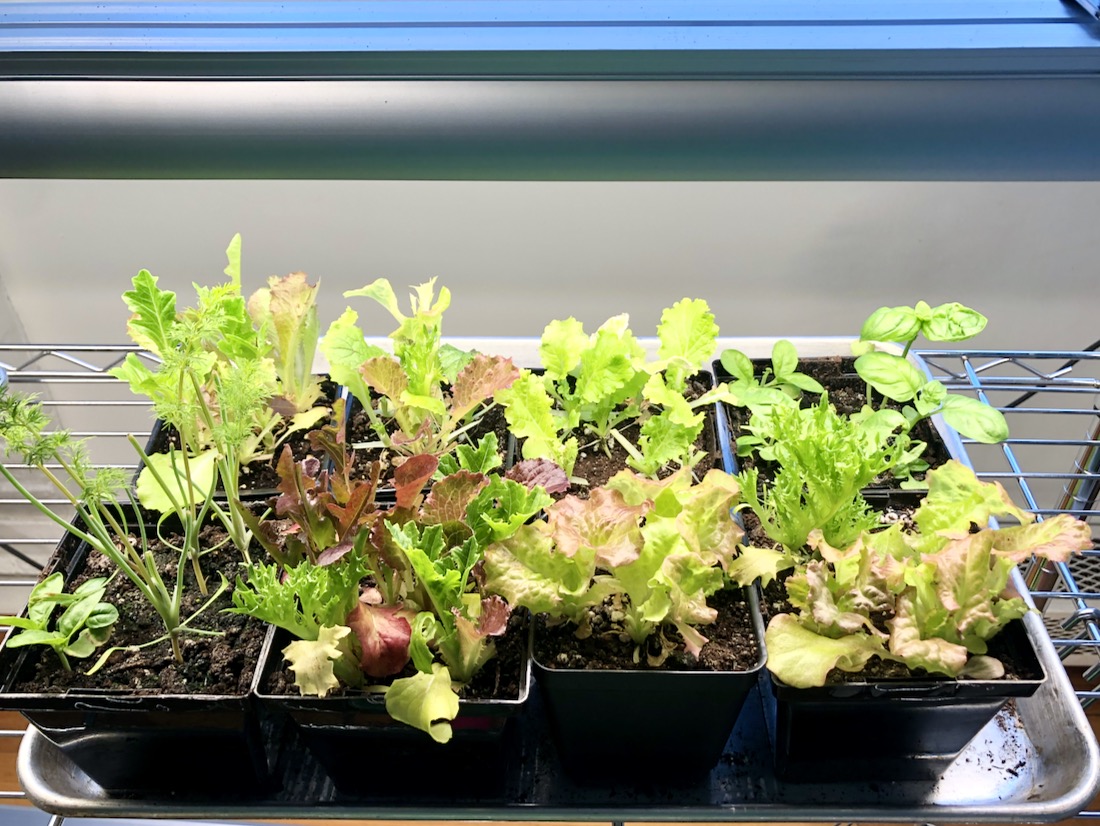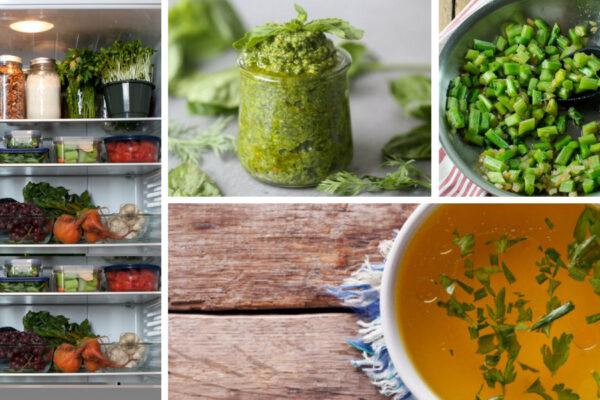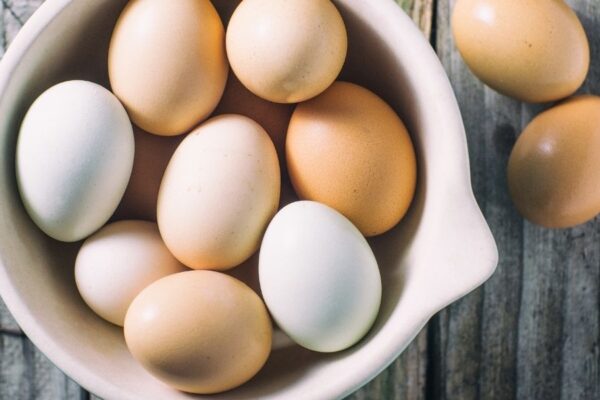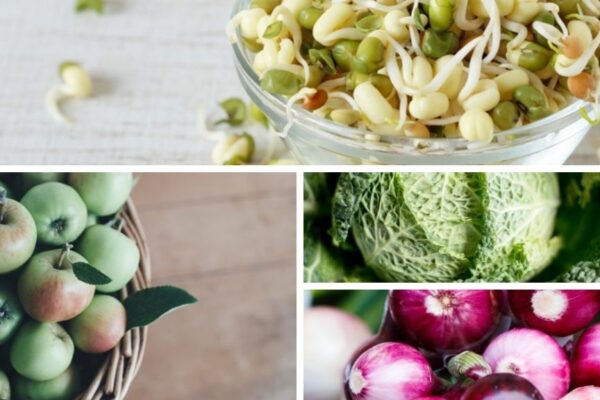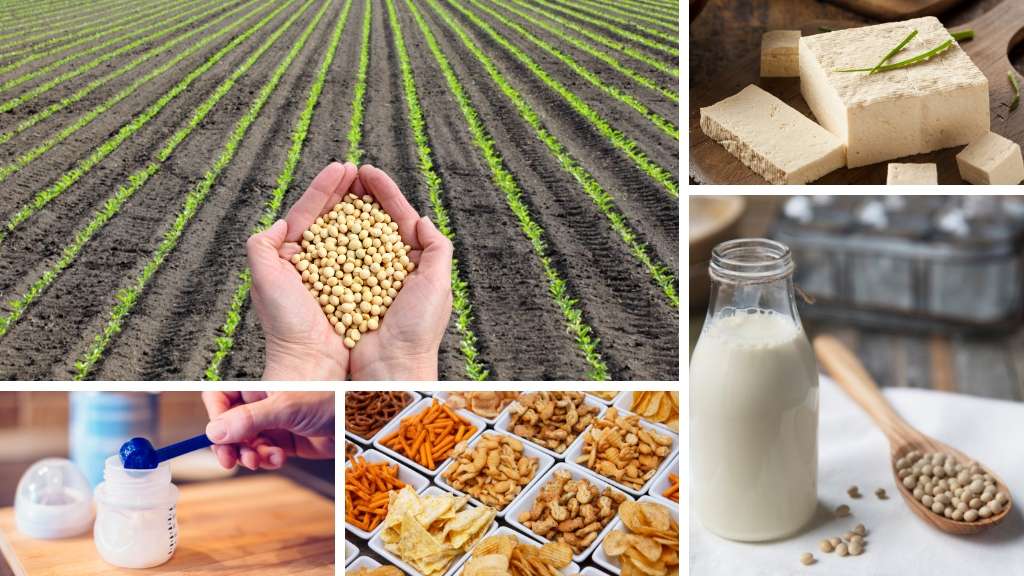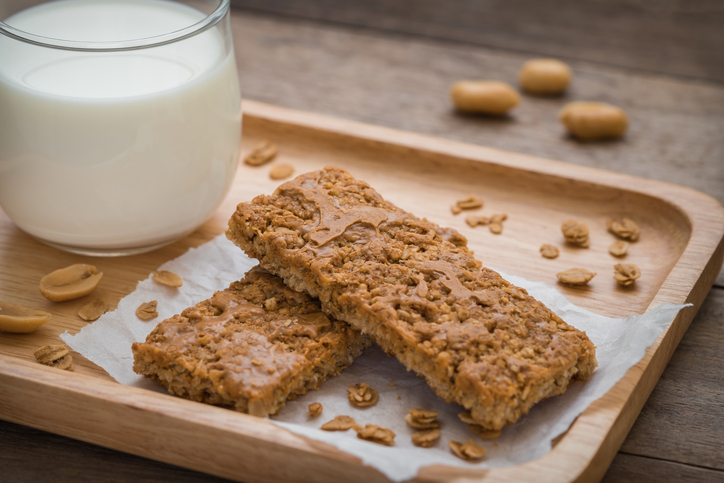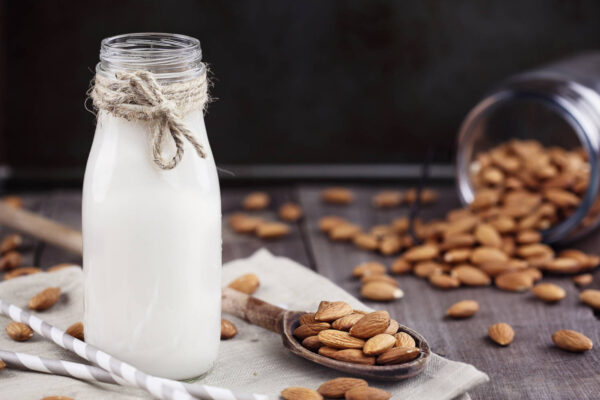Cooking With The Clean 15
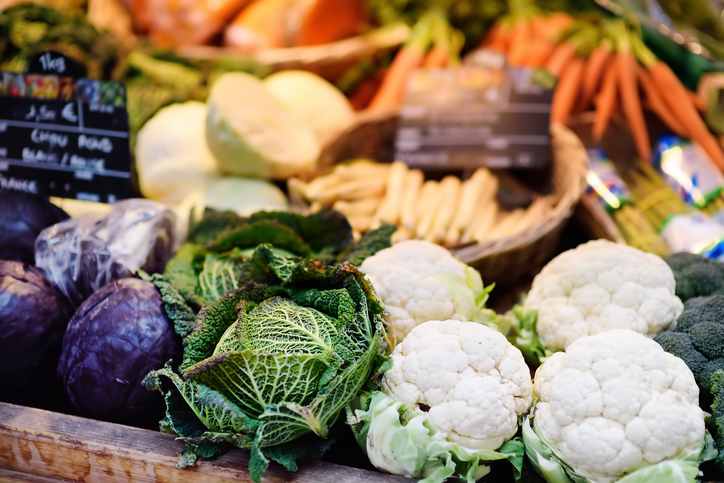
The gardeners among you know that it can be tricky to grow fruits and vegetables: weather, soil, seed quality, stolen ingredients by bugs, pests and small animals, and more can quickly change a blossoming garden into a major homesteading fail. The solution for food producers around the world has been to employ pesticides, herbicides and other chemicals to encourage crop growth and success, but these chemicals are detrimental to our health when we consume them, harm the people who grow our food, and can negatively impact the environment.
There is a growing movement to choose produce that is lower in pesticide residues and that is where the Shopper’s Guide to Pesticides in Produce comes in. Released every year by the Environmental Working Group, it outlines the fruits and veggies with the most pesticides (the ‘Dirty Dozen’) and the least (‘the Clean 15′). It’s a great tool to help us decide what to prioritize when buying organic, and when conventional can come into play if we are on a budget. If you’re looking for interesting ways to use the ingredients on the Clean 15, these cooking tips and recipes will inspire you to get in the kitchen!
Get your FREE Produce Storage Guide plus 35 more free resource guides!
Fill out the form below for instant access.
Free Resource Library
Enjoy more than 40 downloadable guides, recipes, and resources.
Cooking with the Clean 15: Tips + recipes
1. Avocados
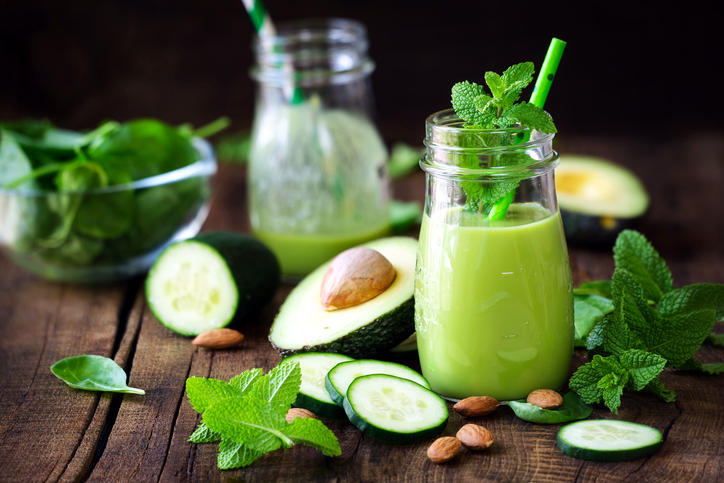
Cooking/Prep Tips: One of our favourite Clean 15 fruits, avocados are fantastic in a wide array of recipes, from the classics like guacamole and avocado toast to salads, smoothies, and recipe-free dinner bowls. While avocados are normally consumed raw, they are tasty when heated for certain specialty dishes like grilled guacamole or baked avocado eggs (when you crack an egg into the avocado divot and cook until the eggs are set to your liking).
Recipe to Try: Chocolate Avocado Pudding
2. Sweet Corn*
Cooking/Prep Tips: Sweet corn is at its best when it’s in season, simply steamed or grilled, and slathered with ghee (or olive oil) and salt. Of course, you can incorporate sweet corn in a variety of other recipes including homemade salsas, quiche, burritos, soups and chowders, and gluten-free baked goods such as muffins, breads and scones.
Recipe to Try: Gluten-Free Corn Bread by Meghan Telpner (*ACN Founder + Director)
3. Pineapples
Cooking/Prep Tips: Fresh pineapple is delicious on its own (raw or grilled) and fares well in a smoothie, as a topping for a smoothie bowl or dairy-free yogurt, or skewered with other fruits for a tasty fruit kebab. It’s lovely in baked goods, ice cream, and healthy popsicles too, but also swings to the savory side when chopped and used as a pizza topping, on tacos, in stir-fries like fried rice, or in a salsa to spoon over fish, poultry or tofu.
Recipe to Try: Pineapple Chocolate Coconut Pops by Eat Well 101
4. Sweet Peas, Frozen
Cooking/Prep Tips: Frozen peas are easy to add to virtually any dinner, which is why we like to have a bag or two in our freezer. They’re wonderful in pasta dishes, veggie-packed salads, stir-fries, risotto and curries, and when mashed or blended into a dip. Add peas at the end of cooking and let them warm through – when heated for too long, they get mushy and turn an unappealing greyish-green hue.
Recipe to Try: Vegan Spring Greens, Leek, Pea + Pesto Risotto by Cupful of Kale
5. Onions
Cooking/Prep Tips: The onion family offers a huge flavour boost to recipes, is budget-friendly and enhances the immune system. Aside from functioning as the base for many soups, stews and one-pot meals, onions are also wonderful in savory galettes, salsas, or on pizza, sandwiches or burger recipes. Don’t forget to save your onion ends and skins for zero-waste broths, and if you find yourself crying when you cut them here’s a pro tip: buy onion goggles!
Recipe to Try: Golden Onion Soup by Bittersweet
6. Papayas*
Cooking/Prep Tips: We adore papayas in sweet contexts like juices, smoothies, dairy-free ice cream, healthy mocktails and popsicles, but they also add a bright flavour to salads and salsas.
Recipe to Try: Turmeric Papaya Smoothie by Cooking LSL
7. Eggplants
Cooking/Prep Tips: A common ingredient in pastas, curries and the classic ratatouille, eggplant is also the perfect addition to dips and spreads. If you’re looking for an alternative to bread or pasta, use thinly sliced eggplant to make lasagna or cannelloni, or as a wrapper for all types of fillings. You can also scoop out the flesh and stuff eggplant with your choice of filling. Eggplant can be bitter, so it’s helpful to salt slices for half an hour to an hour and then rinse before using.
Recipe to Try: Vegan Eggplant Lasagna by From My Bowl
8. Asparagus
Cooking/Prep Tips: Asparagus season is relatively short and, like corn, it truly is the best when in season (which for us at the Academy of Culinary Nutrition is springtime). Serve it grilled, roasted or shaved, add it to soups, salads, quiches or tarts, pickle it, or get your Keto or Paleo on by wrapping it up in some bacon. Instead of cutting the ends of asparagus, snap them off with your hands – the asparagus will naturally break off the woodiest bit so you’ll end up with tender asparagus goodness.
Recipe to Try: Super Simple Oven Roasted Asparagus by Caitlin Iles (*Culinary Nutrition Expert + Program Coach)
9. Kiwis
Cooking/Prep Tips: This small fruit is perfect for fruit salad, smoothies and smoothie bowls, mocktails, homemade jam, or as a topping for tarts or no-bake vegan cheesecakes. And no need to peel them, either!
Recipe to Try: Kiwi Chia Pudding by Le Petit Xuyen
10. Cabbages
Cooking/Prep Tips: One the most budget-friendly Clean 15 vegetables, cabbages are highly anti-inflammatory and very detoxifying. When shredded, cabbage is wonderful in slaws, salads, soups and – perhaps our most favourite – fermented foods like sauerkraut and kimchi. The leaves also make a nutritious and crunchy replacement for bread in wraps or lettuce cups, or when steamed to make cabbage rolls.
Recipe to Try: Kale Slaw With Harissa Dressing by My Quiet Kitchen
11. Cauliflower
Cooking/Prep Tips: Cauliflower is certainly having its day in the sun! People around the world have accomplished very creative ways to cook with it, including roasting it into cauliflower ‘wings’, slicing it into cauliflower ‘steaks’, making cauliflower pizza crust, chopping it finely into cauliflower rice (snag 10 tasty ways to use cauli rice here), and hiding it in smoothies. Of course, you can also incorporate it into soups, creamy sauces, or eat it simply steamed or roasted.
Recipe to Try: Cauliflower Walnut Taco Meat by Pinch of Yum
12. Cantaloupes
Cooking/Prep Tips: This Clean 15 ingredient is best served raw in our opinion, either eaten on its own or included in a smoothie, fruit salad or popsicles.
Recipe to Try: Cantaloupe Sorbet by A Sweet Pea Chef
13. Broccoli
Cooking/Prep Tips: If you’re trying to eat more vegetables, broccoli is a great one to choose. Not only is it incredibly tasty when roasted, steamed, blended in soups, or in stews, but it’s also packed with nutrients that reduce inflammation and help us balance our hormones. Don’t forget to reduce food waste and save the stalks, which are fabulous in soups, stews and stir-fries.
Recipe to Try: Rainbow Detox Salad by Eat Live + Play (*Culinary Nutrition Expert)
14. Mushrooms
Cooking/Prep Tips: Mushrooms are an incredibly potent Clean 15 ingredient, containing a variety of immune-boosting, anti-cancer and anti-inflammatory nutrients – you can grab our guide to mushrooms here for more details. They’re also packed with a unique flavour that adds the right amount of umami to dishes like soups, stews, savory oatmeal, omelettes, pizzas and more – plus, they are actually very easy to grow indoors at home.
Recipe to Try: Bok Choi and Mushroom Laksa by Nourish by Rebecca (*Culinary Nutrition Expert)
15. Honeydew Melons
Cooking/Prep Tips: Like cantaloupes, melons are best kept raw in salads, smoothies, mocktails, ice cream and popsicles. If you have a small cookie scoop or melon baller, you can create some beautifully shaped rounds for fruit salad!
Recipe to Try: Honey and Lime Melon Ball Skewers by The Wimpy Vegetarian
Begin adding these Clean 15 fruits and vegetables to your shopping list and incorporate them into your weekly meal planning. Start off with one or two each week and experiment away!
* A small amount of sweet corn and papaya n the United States is grown from genetically modified seeds (GMOs). To avoid GMOs, purchase organic varieties of these items.
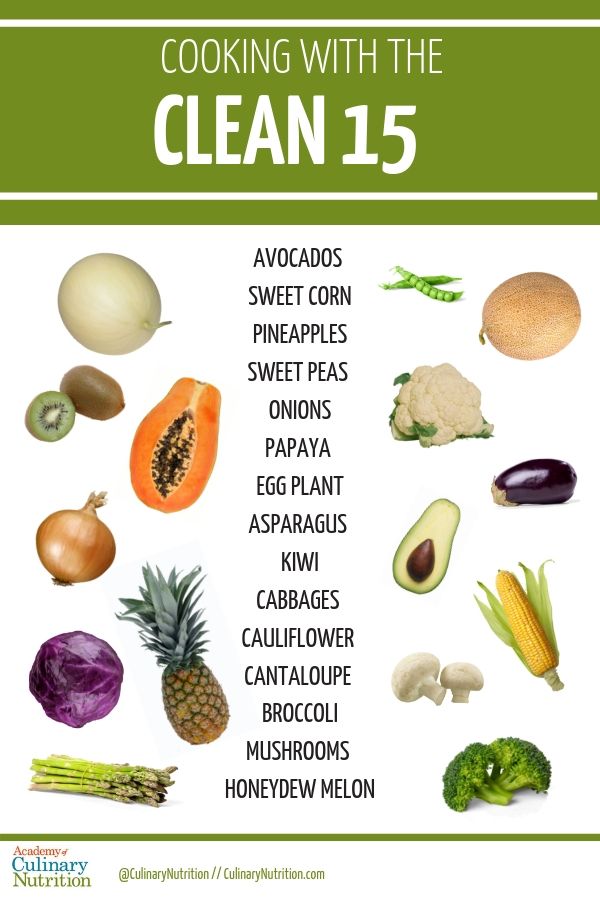
Header image: iStock – SbytovaMN
Free Resource Library
Enjoy more than 40 downloadable guides, recipes, and resources.















